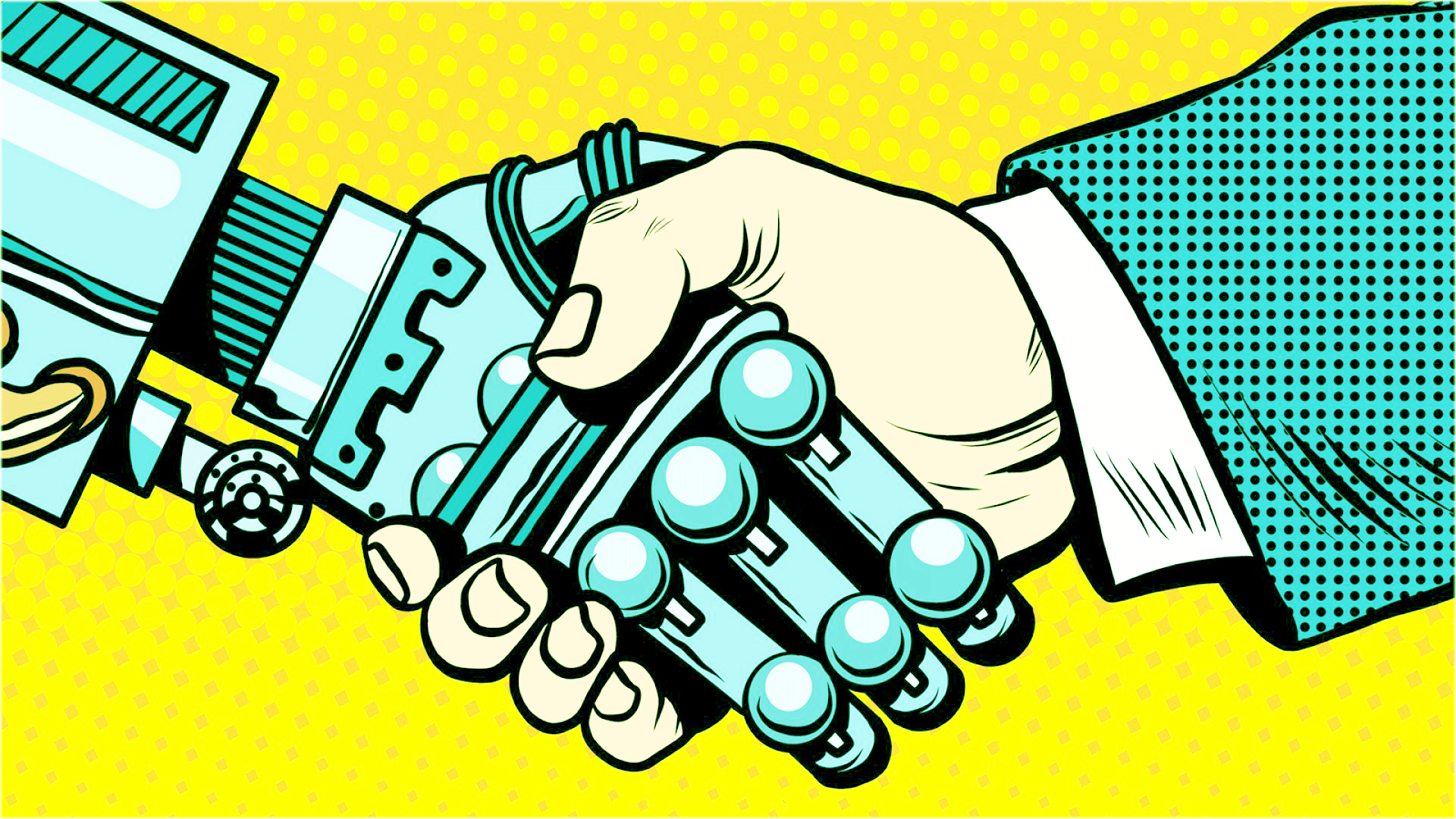Artificial intelligence (AI) and robots are on the rise and are increasingly being integrated into various industries. The good news is that these AI robots are not taking over human jobs, but rather they are assisting human workers to perform tasks more efficiently and effectively.
One example is the use of AI robots in the healthcare industry. AI robots are being used to diagnose and treat patients, freeing up time for human healthcare professionals to focus on other tasks. This has helped to improve the quality of care and has reduced the burden on the healthcare system.
Similarly, in the manufacturing industry, AI robots are being used to automate repetitive and manual tasks, freeing up time for human workers to focus on more complex and creative tasks. This has helped to improve productivity and has reduced the risk of human error.
AI robots are also being used in the customer service industry to provide 24/7 customer support and to help customers with their queries and concerns. This has not only improved the customer experience, but has also reduced the workload on human customer service representatives.
The use of AI robots has also been beneficial in the financial sector, helping banks to process transactions more quickly and efficiently, and to detect and prevent fraudulent activities.
In conclusion, AI robots are not taking over human jobs, but rather they are assisting human workers to perform tasks more efficiently and effectively. The integration of AI robots into various industries has brought about numerous benefits, including improved productivity, reduced workload, improved quality of care, and improved customer experience.

